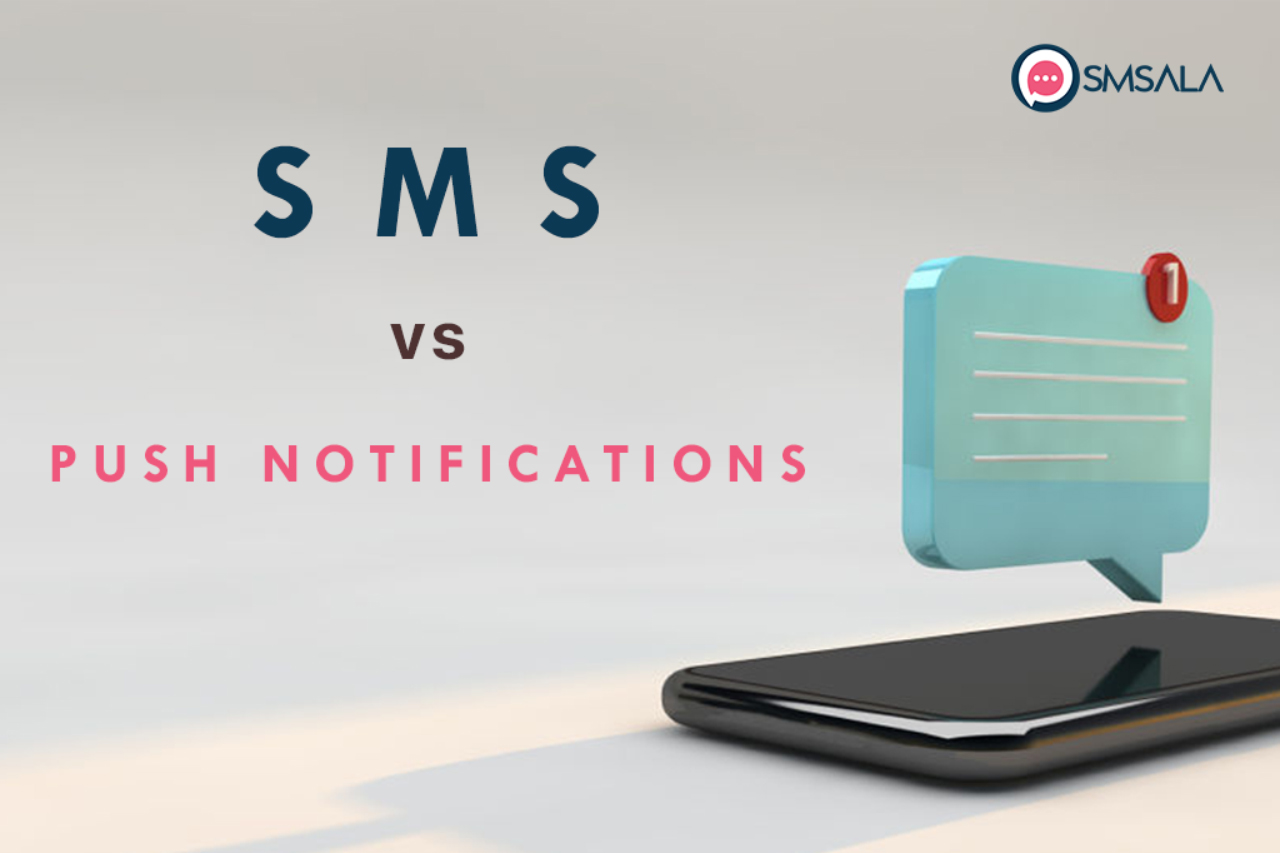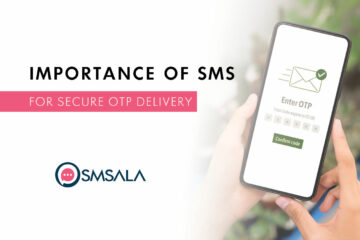For businesses of all sizes, the way to connect with clients is evolving with new and innovative technological advancements. The traditional method of advertising is not as popular as it was when it started. Now, brands use the inexpensive and effective channel of SMS, and of late, with internet penetration Push Notifications are preferred a lot for wide reach and growth.

How are the two different from each other? In this article, we will weigh the pros and cons of both methods and find out which one deserves to be adopted at the earliest for a higher return on investment.
But before finding the differences, let us understand the terms to be discussed.
What are SMS Notifications?
These are text messages sent directly into the receiver’s inbox by businesses, non-government organizations, and at times by the government as well. The SMS notification can either be one-way or part of two-way communication.
One way texts, sent to customers, are either about any update, confirmation or offers and deals. Enterprises use the channel to send out messages in bulk to clients around the world.
Similarly, texts are exchanged in a two-way conversation and the customer receives an SMS notification for the same.
What are Push Notifications?
These are messages that appear on the display of the user’s mobile phone. The information included in these is from the already downloaded apps on a smartphone. The prevalence has increased drastically with the abundance of smartphones in the last decade or so.
The Difference Between SMS & Push Notifications
Although both types of messages are received on mobile phones, the origin is different. In the case of SMS, the sender id can be a business, organization, or a govt department using a different platform.
On the other hand, the sender of push notifications is not outside the mobile phone. Here the message is sent by the app that is already installed on the phone.
Below we have listed some main differences between the two types of notifications:
-
To Receive
For the messages to be received via SMS channel, the user has to opt-in using either a keyword or sharing the information by filling out a form. No promotional message can be sent without the prior approval of the receiver.
However, to receive push notifications, there is no need to give prior approval or message a keyword. To receive these notifications, downloading an app is enough. Once the app has been installed push notifications start appearing on the screen.
-
Connection
In the case of SMS, customers get to interact with brands via texting. Experiences with the concerned brand can be shared using the 160-character channel.
Customers are driven to content via push notifications within an application. There is no sharing of information like in SMS Notifications.
-
What Appears
SMS is restricted to 160 characters and more importantly only the text is allowed along with hyperlinks and emojis.
For push notifications, the restriction on characters varies and content can include not only text but images and graphics as well.
-
Open Rates
For SMS notifications, the open rate is nearly cent percent.
Push notifications on the other hand are not opened that often and usually the open rate hovers around 25%.
Bottomline
Both notifications have a specific use and work within their own ambit. However, what makes SMS notifications more engaging is the endless possibilities via the cost-efficient channel which is not there in push notifications.



